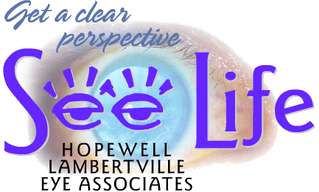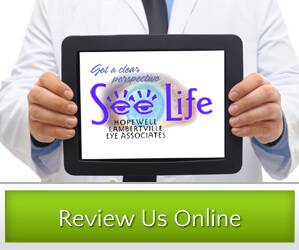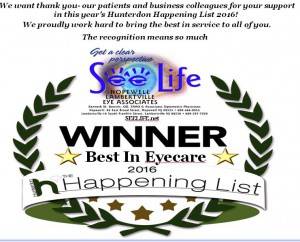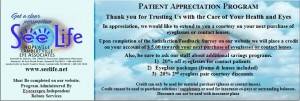Parents and educators often incorrectly assume that if a child passes a pediatrician’s or school screening, there is no vision problem. The American Optometric Association (AOA) reports that 75% of school vision screenings miss vision problems, and 61% of children with vision problems never see an eye doctor.
Screenings are helpful in alerting parents to a concern – but an “in person eye exam” with an optometrist at Hopewell Lambertville Eye (www.seelife.net) which can delineate common vision problem in school-age children is blurry vision or refractive error caused by nearsightedness (myopia), farsightedness (hyperopia) and astigmatism resulting in blurry vision as well as potential health related concerns.
Why back-to-school eye exams are crucial. Because vision may change frequently during the school years, children should receive an eye examination every year, or more frequently if specific problems or risk factors exist.
Strong evidence supports the existence of Health Barriers to Learning (HBLs)—health conditions that when untreated or unmanaged can interfere with a child’s ability to learn and succeed in school, a primary being proper – eye care to assess visual refractive and skill concerns. Vision accounts for up to 80% of a child’s learning. Therefore, even the tiniest eyesight issue can have a severe impact on their academic performance.
Did you know that 1 in 4 children have vision related concerns which can adversely effect their life and academic skills.
As children progress in school, they face increasing demands on their visual abilities. When certain visual skills have not developed, or are poorly developed, learning is difficult and stressful. This can lead children to:
- Avoid reading and other near visual work.
- Attempt to do the work anyway but with a lowered level of comprehension or efficiency.
- Experience discomfort, fatigue and short attention span.
3-5 years old - Low-risk children should be examined at least once; at-risk children should be examined at least once or as recommended. All children should have an in person eye exam prior to starting their academic years to assure them of optimal visual skills.
6-18 years old - Low-risk children should be examined before first grade and annually thereafter; At-risk children should be examined before first grade and annually, or as recommended.
There’s an easy way to ensure your child’s healthy vision and overall eye health for the whole family: Schedule an in-person, comprehensive eye exam with Hopewell Lambertville Eye as part of your annual back-to-school routine. Because vision may change frequently during the school years, children should receive an eye examination every year, or more frequently if specific problems or risk factors exist that can be identified by an optometrist at Hopewell Lambertville Eye.




